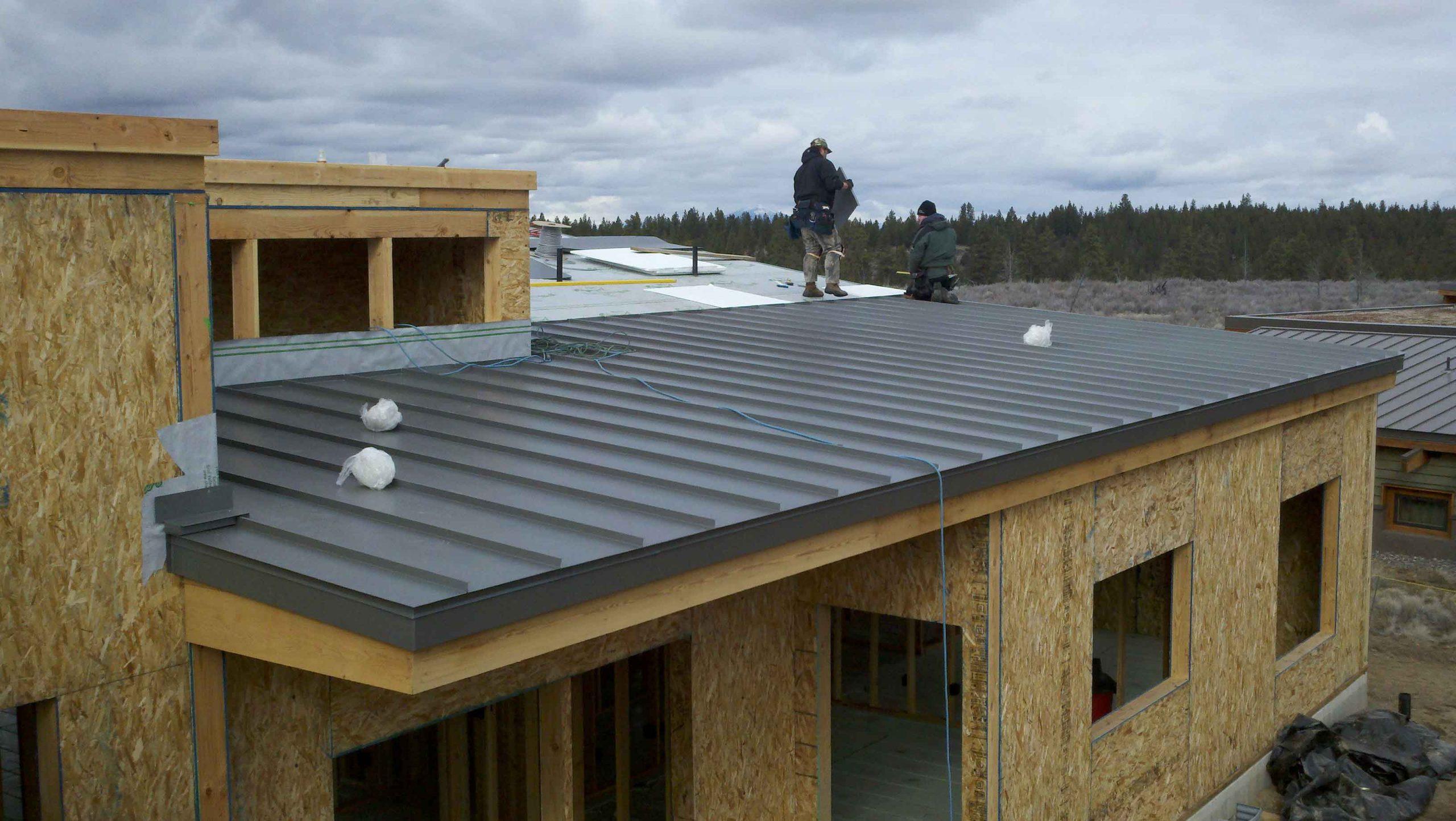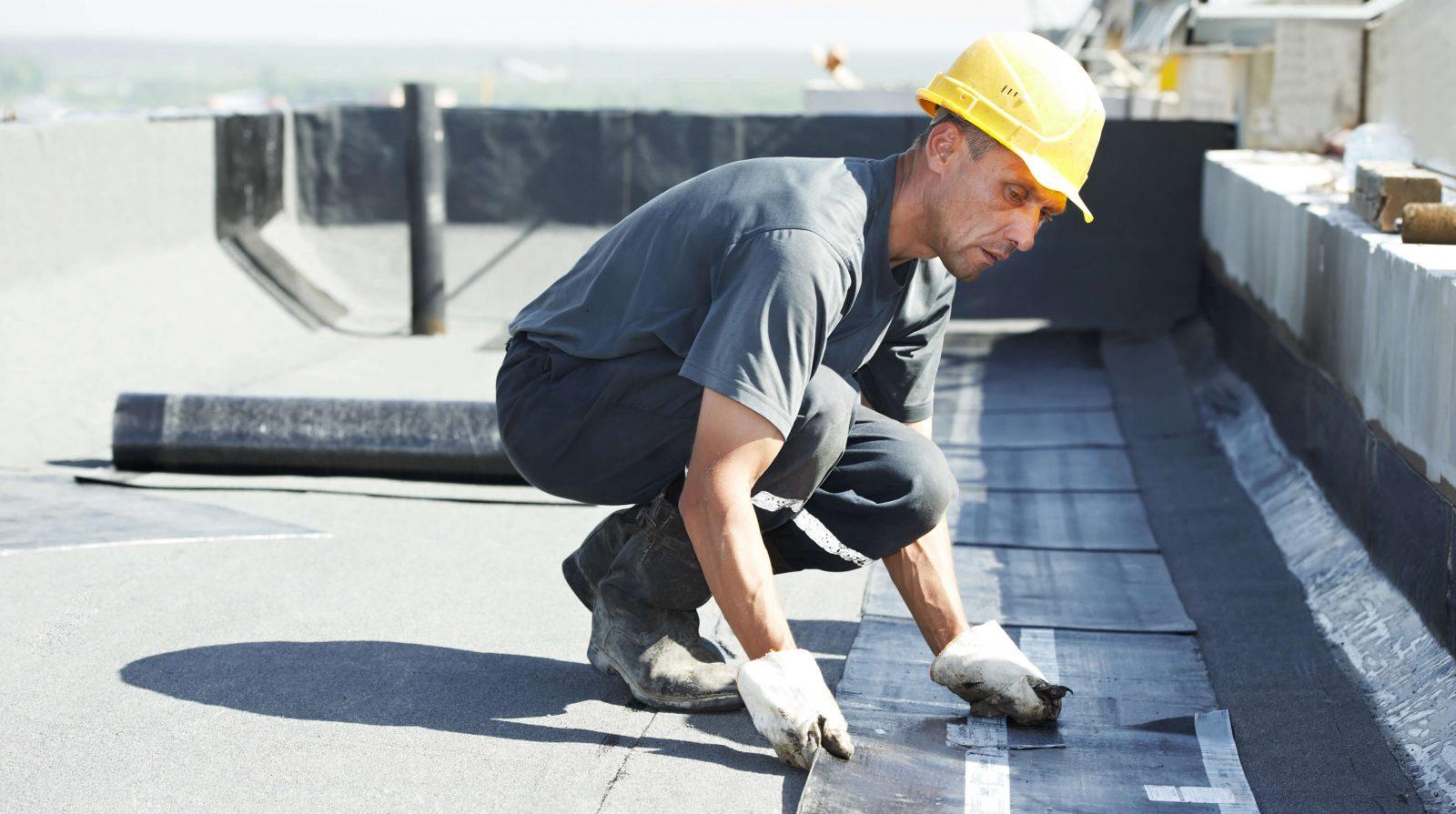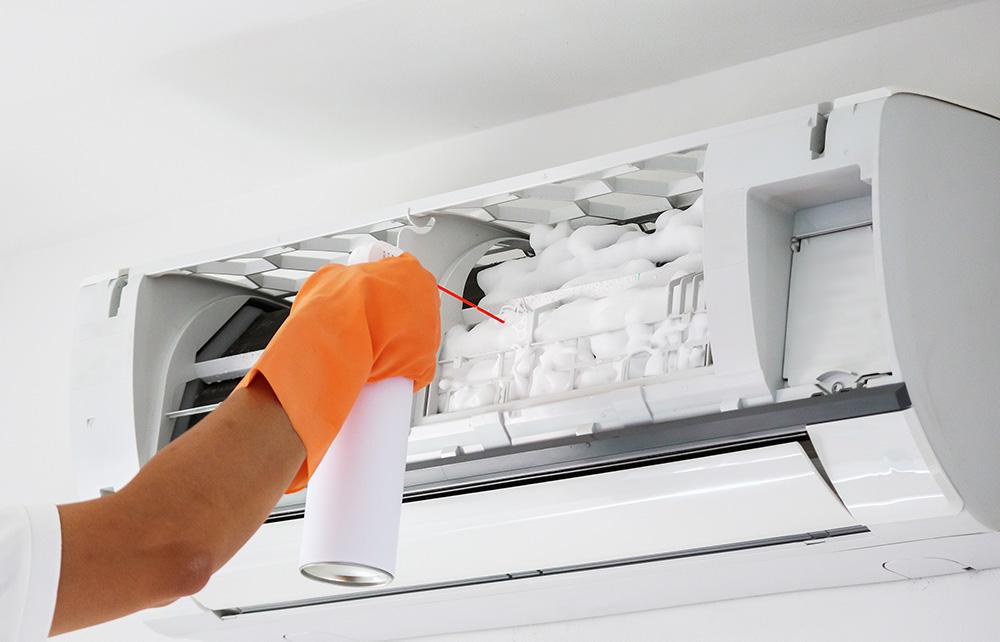Flat roofing Weybridge gives structures a sleek, contemporary appearance and is distinguished by its virtually level or low-pitched slope. Compared to pitched roofs, flat roofs, which are frequently seen in commercial, industrial, and residential buildings, present a different set of benefits and drawbacks.
Benefits of Flat Roofs
Cost-Effectiveness
Installing and maintaining a flat roof is often less expensive than that of a pitched roof because flat roofs use fewer materials. Furthermore, repairs are frequently simpler and less expensive due to their accessibility.
Flexibility in Design
The level surface makes it possible to add solar panels, and HVAC systems, or to build a rooftop garden or entertainment space.
Use of Horizontal Space
In urban environments where space is scarce, horizontal space can be effectively used to provide extra living or storage space.
Ease of Maintenance
Because flat roofs are level and easily accessible, it is possible to quickly identify possible problems by cleaning and examining them.
Accessibility
Maintenance jobs that may frequently be completed without specialised equipment, like gutter cleaning, inspections, and repairs, are easier to access.
Different Flat Roof Types
Built-Up (BUR) Roofs
This conventional technique creates many layers of waterproofing by overlaying bitumen (coal tar or asphalt) with reinforcing materials. For UV protection, the top can be covered with gravel or a mineral cap sheet.
Modified bitumen roofing
For greater flexibility and durability, bitumen sheets are supplemented with additional polymers or fiberglass. Usually, these sheets are attached to the roof surface by heat welding or adhesive.
Single-ply membrane roofing
consists of materials that are put in a single layer and come in huge rolls, such as thermoplastic olefin (TPO), polyvinyl chloride (PVC), and ethylene propylene diene monomer (EPDM). They are renowned for being long-lasting and simple to install.
Green roofing
It reduces stormwater runoff, improves air quality, and adds insulation by covering a waterproof membrane with a layer of vegetation. There are two types of green roofs that are provided under services like Flat Roofing Surrey: intensive (heavier and more complex, allowing for a broader diversity of plants) and extensive (lightweight and low-maintenance).
Care and Maintenance
Keeping a flat roof in good condition is essential to extending its life. At least twice a year inspections help find problems and solve them quickly. The following are crucial upkeep steps:
Cleaning Debris
To avoid obstructions in drainage systems that might cause ponding or water damage, remove leaves, branches, and other debris on a regular basis.
Examining Seals and Flashings
Look for evidence of wear or damage on the seals surrounding HVAC equipment, vents, and chimneys. Additionally, flashings that stop water from leaking into seams and joints need to be checked.
Handling Ponding Water
Leaks and structural damage can result from standing water on flat roofs. Make sure there is enough drainage and take care of any spots where water builds up.
Professional Inspections
To detect problems early and avert serious complications, it is advised that roofing professionals perform periodic inspections.
Common Difficulties
Problems with Drainage
Water accumulating from improper drainage can result in leaks and structural damage.
Leaks and Seams
If installed or maintained improperly, flashing and seams are susceptible to leaks.
Weathering and UV Exposure
Materials can deteriorate over time due to exposure to extreme weather and UV radiation on flat roofs.

Maintenance Requirements
In order to prevent future problems and solve them quickly, regular upkeep is required.
There are many benefits to flat roofing in terms of cost, use of space, and design flexibility. To guarantee longevity and performance, however, correct installation and routine maintenance are essential.
Need for the right contractors
For Flat Roofing Surrey, choosing the proper contractor is essential to a successful installation and long-term functionality. A skilled flat roof specialist roofing contractor ought to have these attributes:
Expertise and Expertise
Seek installers and maintainers of flat roofing systems with a wealth of expertise. They ought to be aware of the peculiarities and difficulties associated with flat roofs.
Reputation and References
Look for contractors who have a solid track record supported by gratifying testimonials and recommendations from previous customers. This demonstrates dependability and excellent craftsmanship.
Insurance and Licensing
Verify that the contractor is properly insured, licensed, and certified to carry out roofing work in your region. This protects you from legal liability and guarantees adherence to regional laws.
Transparent Communication
Open and transparent communication is a sign of a trustworthy contractor. They give thorough estimates, deadlines, and explanations about the materials utilised, project scope, and any problems.






